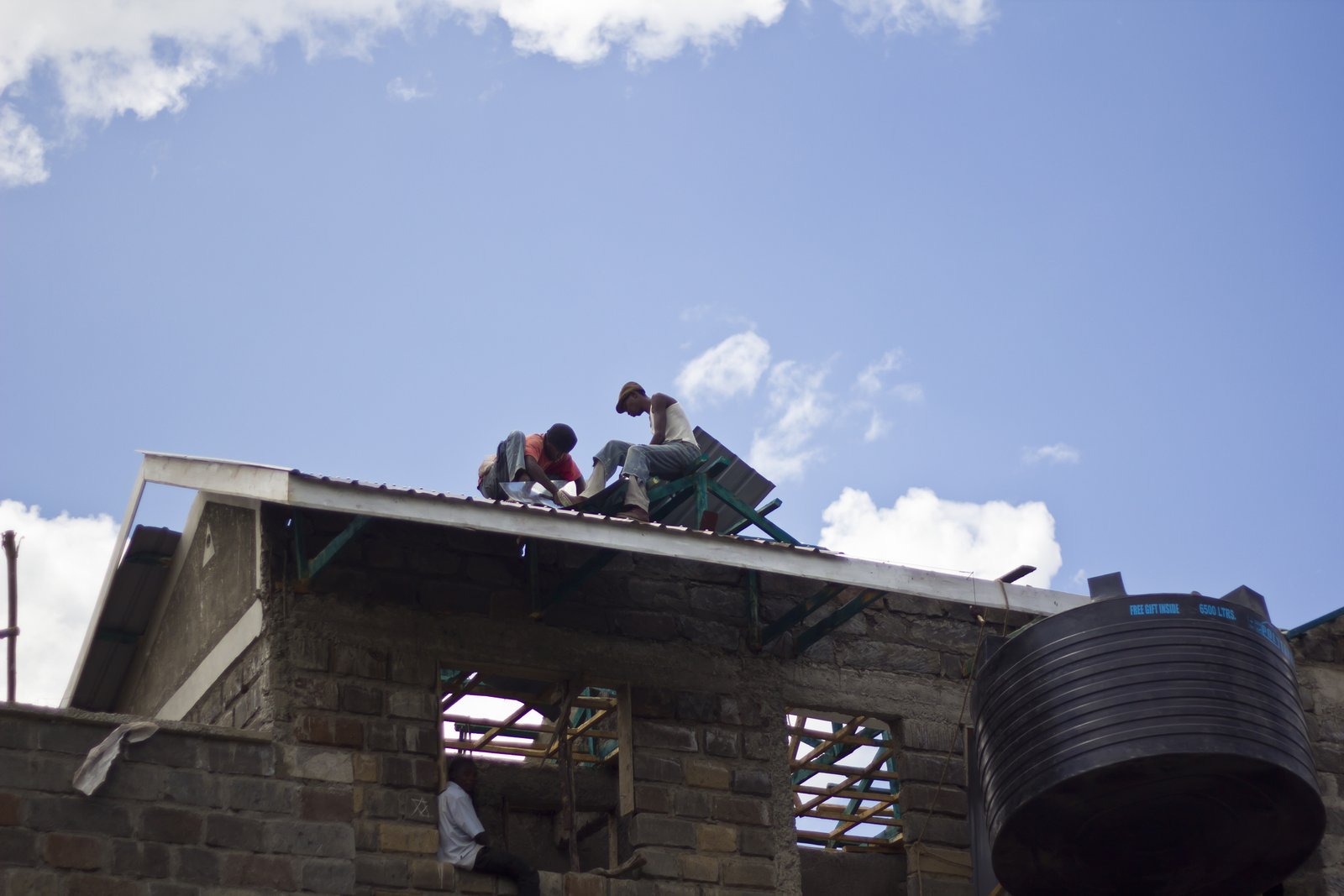
Kenya Releases Draft 2024 Budget Policy
[ad_1]
Kenya has released its draft 2024 budget policy statement which suggests that the construction sector this year will be driven by sustained investment in the country’s affordable housing programme, transport projects and ongoing work on building and maintaining public infrastructure.
The document dated 18 December 2023 reaffirms the government’s commitment to its Bottom-Up Economic Transformation Agenda (BETA) and sets out targets for specific sectors for the 2024/25 financial year and the medium-term period.
Transport
The government plans to construct 2,794km of new roads and 84 bridges, as well as rehabilitate 560km of roads and maintain 137,544km of existing roads and bridges.
Several transport schemes are also highlighted for completion during 2024/25:
Complete construction of the Riruta-Ngong railway line;
Fast-track construction of the first phase of Nairobi Railway City;
Complete construction of a 2.8km meter gauge railway (MGR) link from the Mombasa SGR Terminus to the newly constructed Miritini MGR passenger station;
Complete construction of a 480-metre railway bridge across the Makupa causeway;
Complete construction of Kisumu airport’s control tower;
Complete rehabilitation of the terminal building and apron at Ukunda airport;
Construct 197 footbridges;
Construct nine jetties and 1,150 metres of seawall;
Automate and upgrade nine motor vehicle inspection centres;
Establish five new motor vehicle inspection centres.
PPPs
Regarding transport PPP projects, the draft budget states that the US$3.6 billion Nairobi-Mombasa expressway project was recently granted first-stage approval by the PPP Committee and is now ready to progress to the project development phase.
In June 2022, the government announced a pre-feasibility study for the expressway had been undertaken by Korean Overseas Infrastructure & Urban Development Corporation Africa (KIND) and that the road would be constructed across 482km as a four-lane road from the current two-lane carriageway between the Machakos turn-off in Nairobi and Mariakani in Mombasa. It added that the project would include interchanges and bypasses in the key towns along the Nairobi-Mombasa Road, with a special focus on the under-construction Konza Technopolis development.
Another PPP project mentioned in the draft budget is Jomo Kenyatta International airport’s (JKIA) Terminals 1E and 2E, which are said to be at the feasibility study phase, with work targeted to commence in 2024/25.
ConstructAfrica reported in November 2023 that Kenya Airports Authority plans to upgrade JKIA, with work including the expansion of the passenger terminal and runway capacity, as well as the provision of additional aircraft parking bays.
According to the draft budget statement, Kenya’s PPP Directorate has a total pipeline of 31 projects, mostly in the procurement stage. The government envisages mobilising Ksh50 billion in 2024/25 through these PPP pipeline projects.
The targeted PPP projects include two transmission projects in the power sector under privately initiated proposals (PIPs).
Africa50 is developing 165km of 400kV line between Losuk and Lessos as well as 72km of 220kV line between Kisumu and Musaga. The project is estimated to cost US$313.25 million.
India’s Adani Energy Solutions is planning to construct 197km of 400kV line along Gilgil, Thika, Mala and Konza as well as 101km of 220kV line along Rongai, Keringut and Chemosit, and 90km of 132kV along Menengai, Olkalau and Rumuruti. The firm is also planning to build 400/220kV substations at Lessos and Rongai; and a 132/33KV substation in Thurdibuoro. The estimated project cost is US$907 million.
There are also several water and irrigation projects being prepared as PIPs.
Housing and social infrastructure
To tackle an estimated shortfall of 200,000 urban housing units a year, the draft budget states that Kenya plans to build 151,081 affordable and 40,992 social housing units as well as 5,000 hostel units in higher learning institutions.
The construction of 46,792 units in various parts of the country is already underway, while another 40,000 units are ready to commence construction. A total of 746,795 housing units are in the pipeline, undergoing various stages of delivery.
The government is also set to implement the Second Kenya Informal Settlement Improvement Project (KISIP II) in 33 counties in addition to the Second Kenya Urban Support Programme (KUSP II) in 79 municipalities across 45 counties. A total of 434 markets will be constructed as well.
Government buildings
The government is looking to design, document and supervise the construction of 330 new government buildings and rehabilitate and maintain 495 buildings. It will also complete the construction of five county government headquarters.
Electricity
A total of 1.35 million additional customers will gain be connected to the electricity grid, including 9,514 public institutions, and 110,000 stand-alone solar home systems will be installed to enhance electricity access (both on-grid and off-grid).
Water
In the water sector, the government is looking to:
Complete the Thwake, Itare, Thambo and Kanjogu dams;
Complete 70 water and sewerage projects across the country;
Connect 120 public learning institutions and 140 health centres to clean water;
Rehabilitate 200 rural water schemes targeting about 1.5 million people under the Horn of Africa groundwater project;
Improve access to water services for approximately 2.02 million people in urban areas;
Expand water and sanitation infrastructure in 28 towns across the country. The budget statement also confirms that the government plans to construct 100 dams in the next five years and is likely to use the PPP model to do so.
Commerce and agriculture
Kenya is planning to establish aggregation centres and export warehouses, county aggregation and industrial parks (CAIPs), develop the Athi River textile hub, build railway siding and industrial sheds, and establish a convention centre at the Mombasa Beach Hotel.
The draft budget statement says the government has begun the construction of the initial 18 CAIPs, with the aim of having the project implemented in all 47 counties by 2025/26.
ICT
Kenya also plans to install 6,700km of fibre-optic cable and set up 15,000 public Wi-Fi hotspots for the digital superhighway.
Photo: Kenya construction (© Joshua Wanyama | Dreamstime)
[ad_2]
Source link




